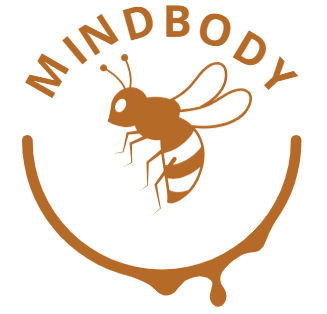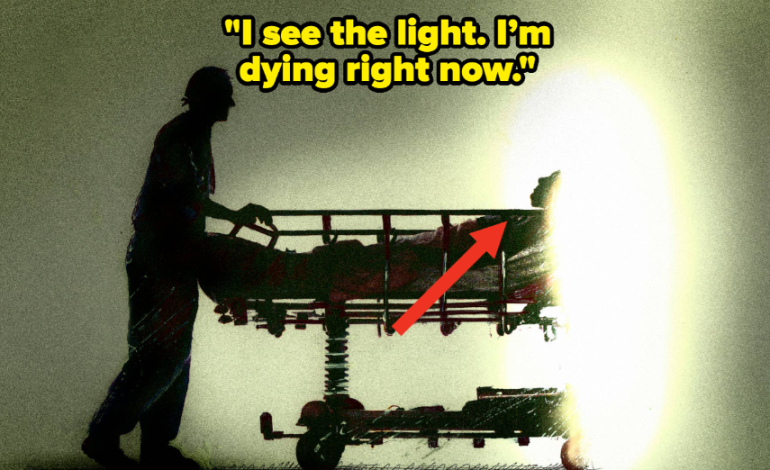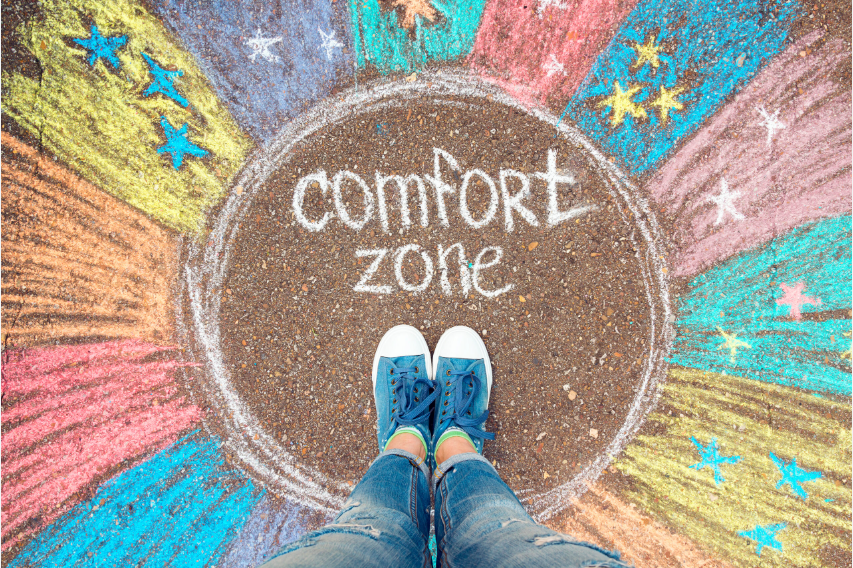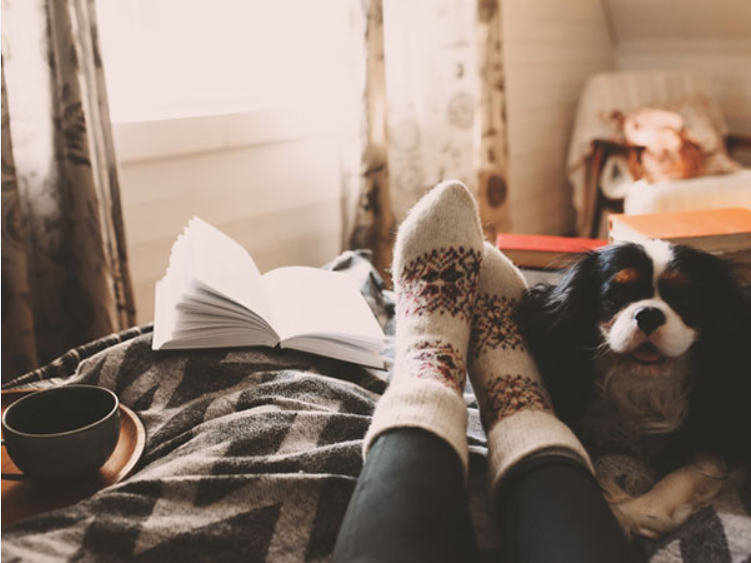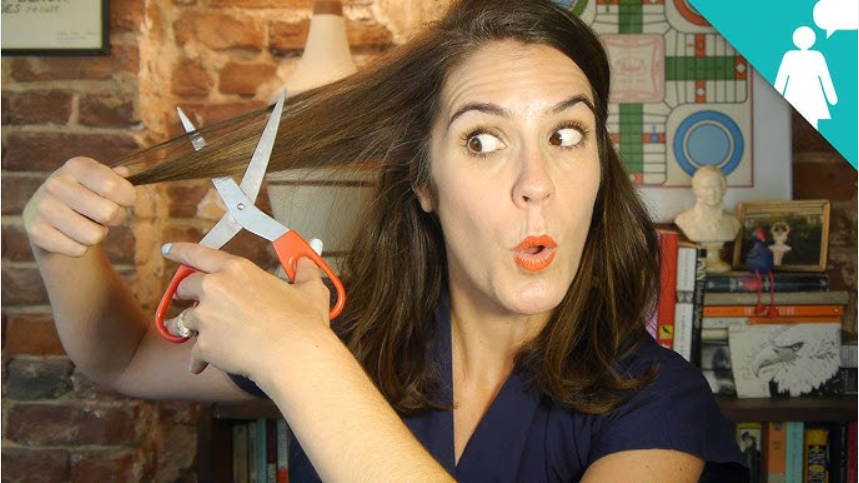
I Tried Rejection Therapy, and I’m Still Not Sure How I Feel About It
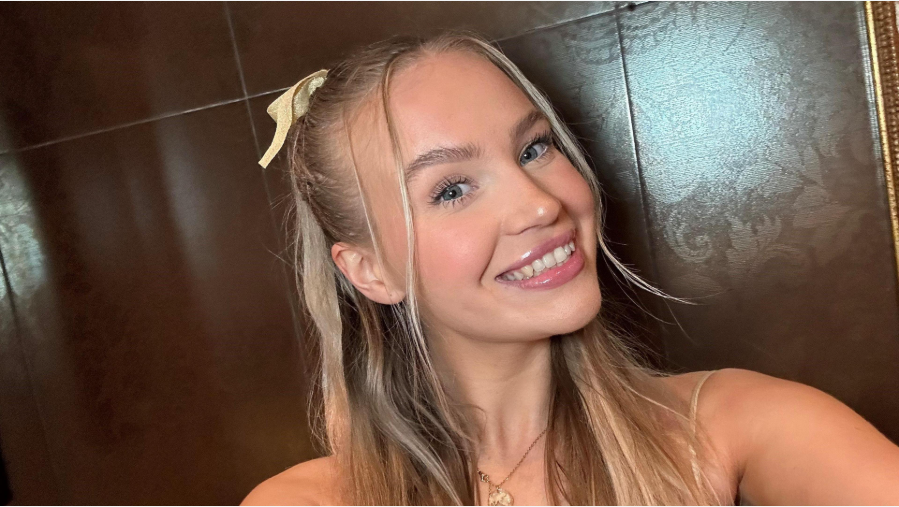
Rejection can be a real fear for many people, often holding them back from reaching their true potential. But at some point, we all have to face rejection, whether we like it or not. So why not embrace it head-on? That’s where rejection therapy comes in.
Rejection therapy became popular after going viral on TikTok, and it’s now seen as a fun, sometimes silly, way to confront our fears and get comfortable with rejection. TikTok users have shared their experiences, with one even claiming that rejection therapy completely changed her life in under a year.
We all experience a fear of rejection in some form, but I found myself wondering: What if I leaned into it? Could facing rejection help me grow? Would it make me more confident? Or would it have no impact at all?
With my goal to level up in life, career, and personal growth this year, I decided to give rejection therapy a try. Here’s what happened.
What Is Rejection Therapy?
Rejection therapy is an unconventional exercise where you intentionally put yourself in situations where rejection is likely. Certified therapist Niloufar Esmaeilpour explains that this could involve making unusual or bold requests, like asking for something out of the ordinary, to desensitize yourself to rejection.
Rejection therapy is also a form of exposure therapy, as explained by Rychel Johnson, a licensed counselor. When done correctly, it helps people develop a healthier attitude toward rejection. Instead of fearing it, you start to see rejection as just a normal part of life. Over time, it can help build tolerance to discomfort and boost confidence.
Esmaeilpour notes that rejection therapy can be especially helpful for those with social anxiety. Simple actions, like striking up a conversation with a stranger or asking for feedback, can reduce anxiety over time. By normalizing rejection, these actions create a growth mindset where rejection becomes an opportunity to learn and grow.
My Experience with Rejection Therapy
So, what was it like to actually try rejection therapy? How would I start? The experts had a few suggestions for me, many of which are simple enough for anyone to try. One suggestion was to make small, unconventional requests in everyday situations—like asking for a discount on coffee or requesting a tour of a private area in a building. Another idea was to engage with strangers or ask for feedback on creative projects.
For me, I decided to approach it in stages. I set a goal to experience five rejections, but I kept it manageable by starting small. As a sex and relationships writer, I thought a good first step would be asking a stranger what age they were when they first had partnered sex. Sex can be a personal topic, so I expected mixed responses.
I tried this with three different people: a girl at a café in Seattle, a barista I thought was interesting, and a person sitting next to me while waiting for a flight. I asked each one, “If you’re comfortable, would you mind sharing the age you first had partnered sex?” Then, I waited for the rejection.
Two of the three politely declined, and although I felt a bit embarrassed at first, the rejection wasn’t as bad as I’d anticipated. It passed quickly, and I actually felt good about the conversations I had afterward. Surprisingly, the anxiety I felt before asking was far worse than the rejection itself.
Next, I decided to take a bigger leap: I sent Instagram DMs to a few people I’ve admired for a long time. Even though this felt safer behind a screen, it still made me nervous, especially since making friends as an adult can be tough. I thought this could be a great way to practice rejection therapy and maybe make a new friend or two.
I sent a friendly message to four people I followed, saying something like, “Hi! I’ve been meaning to message you. I love your content and would love to grab coffee sometime!” When I hit send, I felt a twinge of regret, but I did it anyway.
Three of them responded positively, saying things like, “That’s so sweet! I’d love to.” One person left me on “read,” which was a bit hard to handle. But the positive responses made the rejection easier to deal with.
After these experiences, I wasn’t sure where else to go with rejection therapy, until I decided to be vulnerable and tell a close friend something personal. Over an Aperol spritz, I shared that they had been the one who helped me realize I was bisexual nine years ago. This conversation, more than any of the others, felt like a big step for me.
It wasn’t planned, but in the moment, I felt the urge to share. My friend smiled and said she felt honored to have been part of my journey. I didn’t face rejection in this case, but the potential was there. When it didn’t happen, I felt lighter, like I could be more open and honest in all areas of my life.
I had set a goal of experiencing five rejections, and I ended up with three. The build-up to the rejections was much more nerve-wracking than the rejections themselves. It was eye-opening to realize how much we tend to exaggerate the fear of rejection in our minds. Through this experience, I felt more empowered and ready to face rejection head-on in the future.
If you’re considering trying rejection therapy, my advice is to start small—something silly or low-stakes—and work your way up. You might be surprised by how freeing it can feel.
